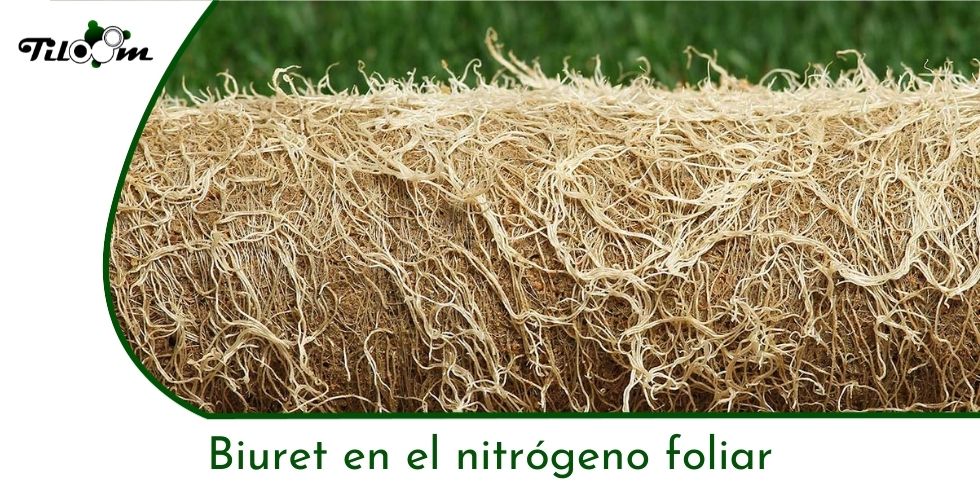🌟 Improve your sports field with a expert audit.

Share on RRSS

Biuret is a phytotoxic component of foliar fertilisers. It is common to find high doses of Biuret in low quality urea-based nitrogen fertilisers which may pose a high risk for the health of our lawns.

During the manufacture of urea, it is bound to ammonia (NH3) and carbon dioxide (CO2) at high temperature. This process has by-products such as biuret, the presence of which negatively affects the grass cultivation. This phytotoxicant stops the biochemical processes of plant and microbial growth. It also has a negative effect on enzymatic and hormonal processes.
To avoid excess biuret, urea production should not exceed 132 degrees Celsius.

The sandy, sterile soils of greens and football pitches are particularly sensitive to biuret, as it remains free and plants accumulate it, losing colour and lustre.
Biuret has a direct impact on protein synthesis, and the metabolism of the nitrogenThe growth capacity of the plant is diminished.

Some fertilisation tips is to avoid using urea (if it does not contain urease, a hydrolysis inhibitor) during sowing, as both biuret and NH3 from the hydrolysis of urea will complicate seed germination. High quality fertilisers include urease to avoid germination problems.
It is therefore recommended to check the technical data sheet of foliar fertilisers to look for products with low concentrations of biuret in their solution, and if they also include urease, this will favour their absorption.
The best foliar fertilisers also include coupling agents such as low molecular weight carboxylic acids. They are organic acids which are characterised by nitrogen binding and effectively conduct nutrients to the assimilation tissues and increase effectiveness.
Tiloom offers nutritional solutions from widely recognised and experienced manufacturers and therefore we offer you our products. You can contact us at soporte@tiloom.com.
Source: Mikkelsen, R.L. Biuret in urea fertilizer. Fertilizer Research26, 311-318 (1990). https://doi.org/10.1007/BF01048769

We appreciate your interest in us, so we leave you this form so that you can subscribe and have priority access to our exclusive promotions and offersideal for saving money on your purchases and keeping your sports and agricultural fields at the forefront!
In addition, we will keep you informed about the LATEST NEWS in Greens and Agriculture with the latest entries from our Greenkeepedia and Agrikipediaincluding innovations, events and interviews with experts.
Click to subscribe now and get exclusive access!
3 responses
I can't find the biuret content of fresh and dried poultry manure.
Biuret is only estimated from inorganic fertilisers. This means that they are produced in factories, not of natural origin.
Hello.
I used urea with biuret 1.2% to feed my spirulina (cyanobacteria) culture. The whole culture has died despite having all the parameters under control and respecting the doses.
Could it be due to biuret?
Thank you